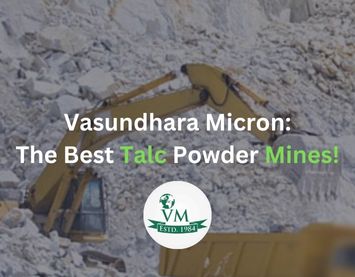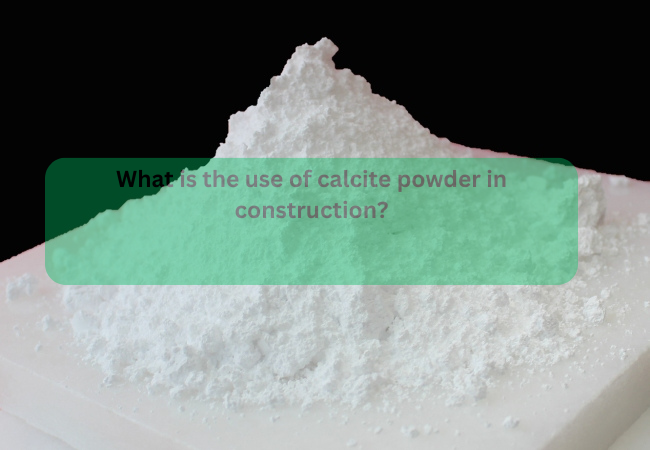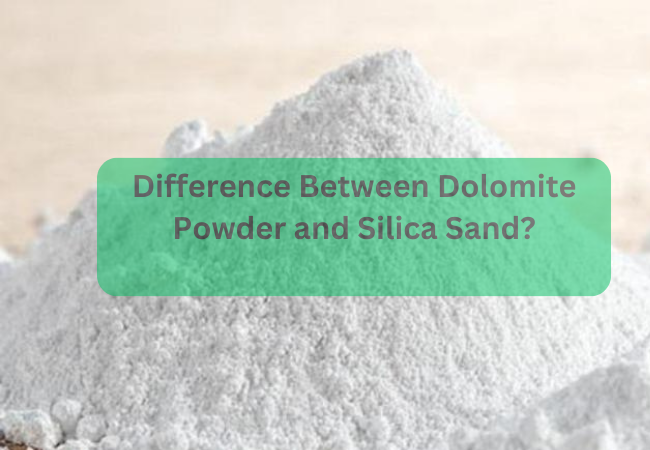- ISO 9001:2015 Certified Company
- +91-9672985402
- info@vasundharamicron.com
How is Talc Mined Extracted?

What Happens When You Mix Talc With Water?
July 17, 2023
What is powdered soapstone used for?
August 7, 2023Talc, a versatile mineral known for its softness, brightness, and lubricating properties, has been valued for centuries. As a reputable Talc Powder Mine Owner in India, Vasundhara Micron understands the significance of sharing knowledge about the mining and extraction processes of this precious mineral. In this blog post, we will take you on a journey to explore how talc is mined and extracted, shedding light on the intricate processes involved.
Formation and Location
Talc is a metamorphic mineral derived from the transformation of magnesium-rich rocks under high pressure and temperature. Deposits of talc can be found worldwide, with significant reserves located in regions such as India, the United States, China, Brazil, and Europe. These deposits are often associated with other minerals like chlorite, dolomite, and magnesite.
Exploration and Site Selection
Before commencing the mining operations, a thorough exploration is conducted to identify potential talc deposits. This involves analyzing geological surveys, conducting core drilling, and employing various geophysical techniques. Once a suitable site is identified, factors such as accessibility, environmental impact, and proximity to infrastructure are considered for final site selection.
Mining Techniques
Talc mining involves two primary methods: open-pit mining and underground mining. The choice of technique depends on factors such as deposit depth, size, and quality.
Open-pit mining: This method is commonly employed when talc deposits are located near the surface. The process begins with the removal of overburden, which includes vegetation, soil, and rocks. Once exposed, the talc-bearing ore is extracted using heavy machinery, such as bulldozers, excavators, and trucks. The ore is then transported to the processing plant for further treatment.
Underground mining: When talc deposits are deeper, underground mining becomes the preferred method. It involves creating tunnels or shafts to access the ore bodies. Miners use specialized equipment like drill jumbos and loaders to extract the talc ore. Underground mining ensures minimal disturbance to the surface and reduces environmental impact.
Ore Extraction
After the talc ore is extracted, it undergoes several stages of processing to obtain the desired quality and properties. These steps include:
Crushing: The extracted ore is crushed into smaller fragments to facilitate further processing. This is typically done using jaw crushers or cone crushers.
Grinding: The crushed ore is then ground into a fine powder using mills or pulverizers. The grinding process helps to liberate the talc particles and improve its purity.
Classification: To achieve the desired particle size distribution, the ground talc undergoes classification. Air classifiers or screening equipment separate the talc powder into different size fractions.
Purification: Further purification steps are employed to remove impurities and enhance the quality of talc. Techniques like magnetic separation, froth flotation, and selective leaching are used to eliminate unwanted minerals and achieve the desired talc purity.
Quality Assurance
As a reputed talc powder mine owner, we understand the importance of maintaining high-quality standards. Stringent quality control measures are implemented throughout the mining and extraction processes. Quality assurance laboratories are equipped with advanced testing equipment to analyze various parameters such as particle size, brightness, whiteness, moisture content, and chemical composition.
Environmental Considerations
Measures that are taken to minimize the ecological impact of talc mining, including:
Land reclamation: After mining activities are complete, efforts are made to restore the land and promote re-vegetation.
Water management: Strategies are implemented to conserve water resources and prevent contamination of nearby water bodies.
Waste management: Proper disposal and management of mining waste are prioritized to minimize environmental harm.
Conclusion
The mining and extraction of talc are intricate processes that involve careful planning, advanced technology, and a commitment to environmental sustainability. Vasundhara Micron strives to provide insights into the journey of talc, from its formation in the Earth's crust to its extraction and processing into valuable talc powder. By ensuring high-quality standards and sustainable practices, we contribute to the industry while respecting the environment and the communities we operate in.




